Plan an unforgettable journey through Italy with this ultimate Italy travel guide! A country renowned for its history, culture, and picturesque terrain, Italy offers an unforgettable experience for travellers. From ancient ruins to Renaissance art, stunning coastlines to charming medieval towns, there is no shortage of breathtaking sights and unique experiences. Whether you’re a history lover, a foodie, or someone looking to explore beautiful terrain, this travel guide will take you through the top places in Italy that you must visit. Let’s explore!
Location
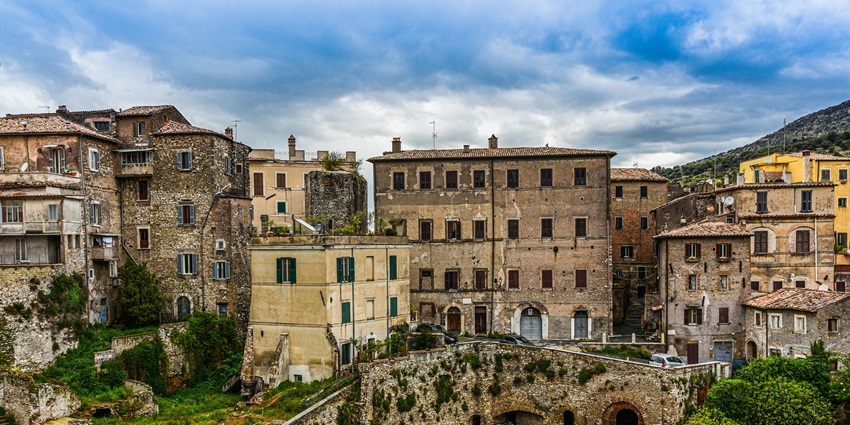
Italy is a beautiful European country known for its history, art, culture, and breathtaking views. It is located in Southern Europe and shaped like a boot, surrounded by the Mediterranean Sea. It shares borders with France, Switzerland, Austria, and Slovenia. Italy is home to world-famous cities such as Rome, Florence, Venice, and Milan. From the scenic Amalfi Coast to the rolling hills of Tuscany and the majestic Alps in the north, Italy offers a variety of landscapes for every traveller.
How To Reach
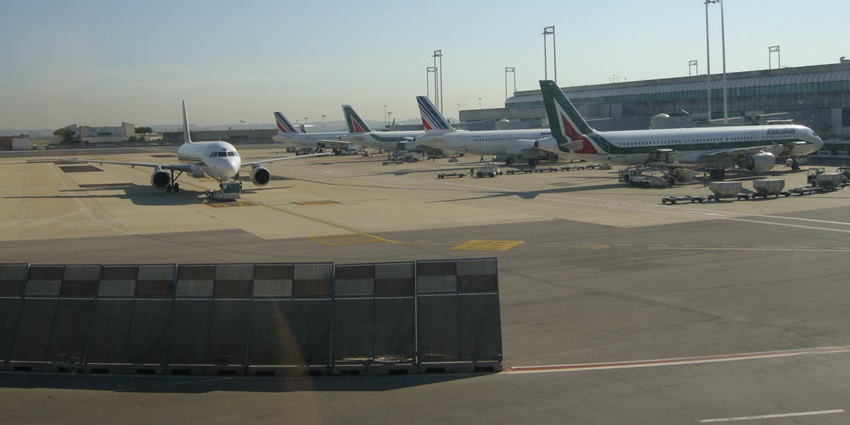
Photo: DV / Wikimedia Commons / Image For Representation Only
By Air: Major international airports in Rome (Fiumicino), Milan (Malpensa), and Venice (Marco Polo) receive direct flights from worldwide destinations.
By Rail: High-speed trains like Eurostar, Thello, and TGV connect Italy to France, Switzerland, Austria, and Germany, with routes to Milan, Rome, and Venice.
By Road: Highways link Italy to neighbouring countries, with major entry points via France, Austria, and Switzerland. International buses like FlixBus also operate routes.
By Sea: Ferry services from Greece, Croatia, Spain, and Albania arrive at ports like Genoa, Naples, Venice, and Bari.
Places To Visit In Italy
Let’s explore the best places to visit in Italy for a memorable trip:
1. Colosseum, Rome
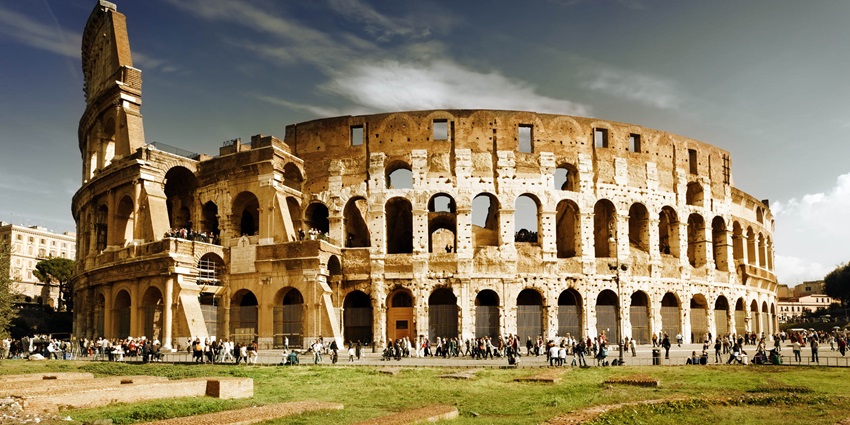
Photo: Sam valadi / Wikimedia Commons
The Colosseum in Rome is one of the most iconic landmarks in Italy. This ancient amphitheatre, built in 70-80 AD, once hosted gladiatorial contests and public spectacles. Today, visitors can explore its massive structure, walking through the halls and learning about its history through informative displays. Standing as a symbol of Roman power and engineering, the Colosseum offers a fascinating insight into ancient life. It is truly a highlight in your Italy tour guide.
Best Time To Visit: April to June and September to October
Entry Fees: €16 / ₹1500
2. Venice Canals
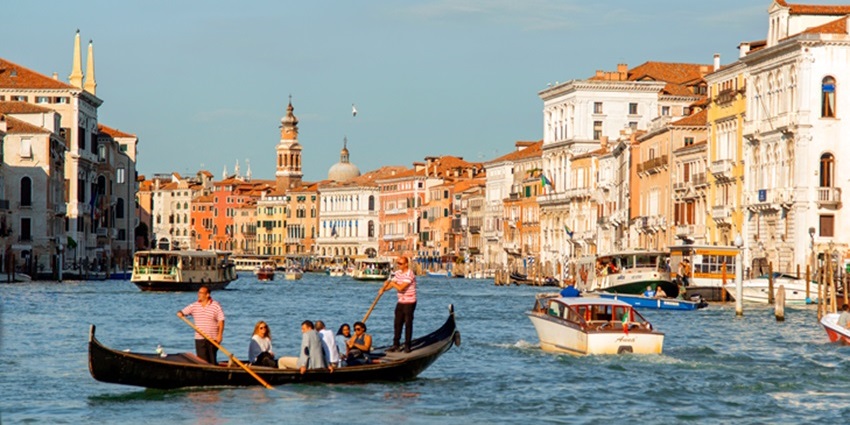
Photo: Peter K Burian / Wikimedia Commons / Image For Representation Only
Venice is a city unlike any other, with its winding canals, charming gondolas, and breathtaking architecture. A gondola ride through the canals is a classic Venetian experience, giving a unique perspective of the city’s stunning buildings and bridges. Venice’s waterways are an integral part of its charm, and cruising along them provides an intimate look at the beauty of this romantic city.
Ideal Time To Visit: April to June
Entry Fee: €80-100 / ₹7400-9250
3. Pompeii

Photo: Commonists / Wikimedia Commons
The ancient city of Pompeii, preserved by volcanic ash after the eruption of Mount Vesuvius in 79 AD, offers an extraordinary glimpse into Roman life. Visitors can explore the remarkably well-preserved ruins, including homes, temples, and amphitheatres, as well as detailed frescoes that depict everyday life in the ancient city. A visit to Pompeii is a journey back in time, and it’s a must-see for history lovers and those interested in ancient civilisations.
Ideal Time To Visit: March to May and September to November
Entry Fees: €18 / ₹1670
4. Leaning Tower Of Pisa
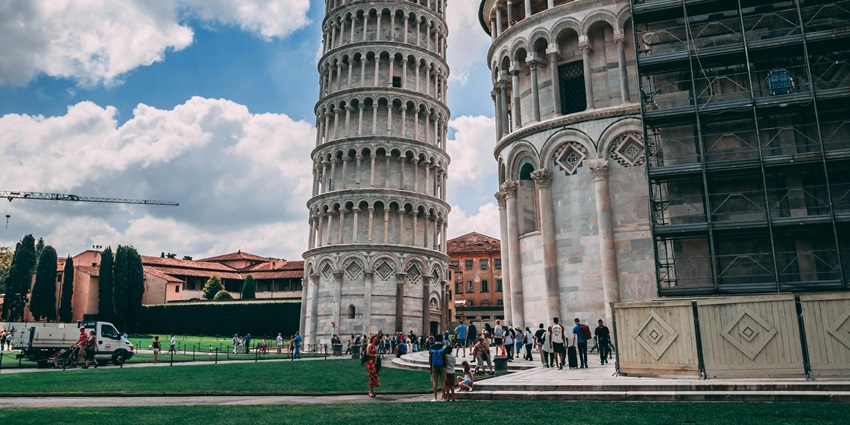
Photo: hitesh choudhary / Pexels
The Leaning Tower of Pisa is one of the most famous and recognisable landmarks in the world. Located in the Piazza dei Miracoli, this freestanding bell tower is popular for its unintended tilt, making it a popular photo op for tourists. Visitors can climb the tower for panoramic views of the city or simply marvel at its architectural beauty from below. As a UNESCO World Heritage Site, the Leaning Tower of Pisa is an iconic stop on your Italy travel guide.
Ideal Time To Visit: April to June and September
Entry Fees: €20 / ₹1850
5. Vatican City
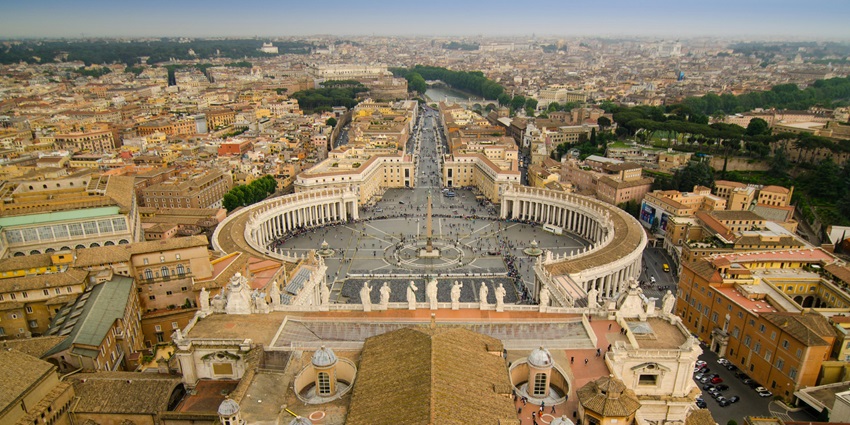
Photo: Aliona & Pasha / Pexels
Vatican City, the world’s smallest independent state, is home to some of the most famous religious and artistic treasures in the world. Visitors can explore St. Peter’s Basilica, admire the art in the Vatican Museums, and marvel at Michelangelo’s Sistine Chapel ceiling. The Vatican is a spiritual and cultural centre, offering a glimpse into the heart of Catholicism and Renaissance art. A visit to Vatican City is an essential part of any Italy tour guide, offering both spiritual and artistic enrichment.
Ideal Time To Visit: April to June and September (ideal for sightseeing).
Entry Fees: €17 / ₹1580
Things To Do
Let’s explore the exciting things you can do on your trip to Italy:
1. See Da Vinci’s Last Supper

Photo: Leonardo da Vinci / Wikimedia Commons
Da Vinci’s iconic masterpiece, The Last Supper, is a 15th-century fresco depicting the dramatic moment Jesus reveals his betrayal at the Last Supper. Due to its fragile condition, access is limited, so be sure to book tickets well in advance. Marvel at the emotional expressions, intricate details, and masterful use of perspective that bring this historic scene to life, showing Da Vinci’s extraordinary genius.
Timings: 9 AM – 7 PM (Tuesday to Sunday)
Location: Convent of Santa Maria delle Grazie, Piazza di Santa Maria delle Grazie, Milan, Italy
2. Ski In The Dolomites
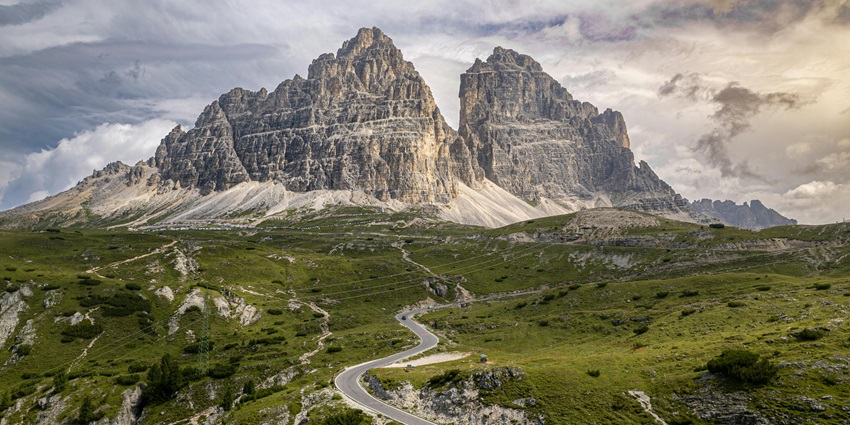
Photo: Jordi De smedt / Pexels / Image For Representation Only
The Dolomites, a UNESCO World Heritage Site, offer breathtaking views and year-round outdoor adventures. In winter, enjoy world-class skiing and snowboarding on snow-covered slopes. In warmer months, the region turns into a hiker’s paradise, with trails leading through alpine meadows, dramatic peaks, and crystal-clear lakes. Whether you’re looking for adrenaline or serenity, the Dolomites make for a perfect escape into Italy’s natural beauty.
Timings: Ski season
Location: Dolomites region, Northern Italy
3. Hike Mount Vesuvius

Photo: pietro scerrato / Wikimedia Commons
Mount Vesuvius, the infamous volcano that buried Pompeii in AD 79, offers a fascinating and adventurous hike with breathtaking views. The trail takes you through rugged terrain up to the crater, where you can peer into the heart of this still-active volcano. Along the way, enjoy incredible views of the Bay of Naples and the surrounding terrain. Guided tours often provide insights into its history and geology, making it a thrilling experience for nature and history enthusiasts alike.
Timings: Daily from 9 AM – 5 PM
Location: Mount Vesuvius National Park, Via Palazzo del Principe, Ercolano, Italy
4. Admire Michelangelo’s David
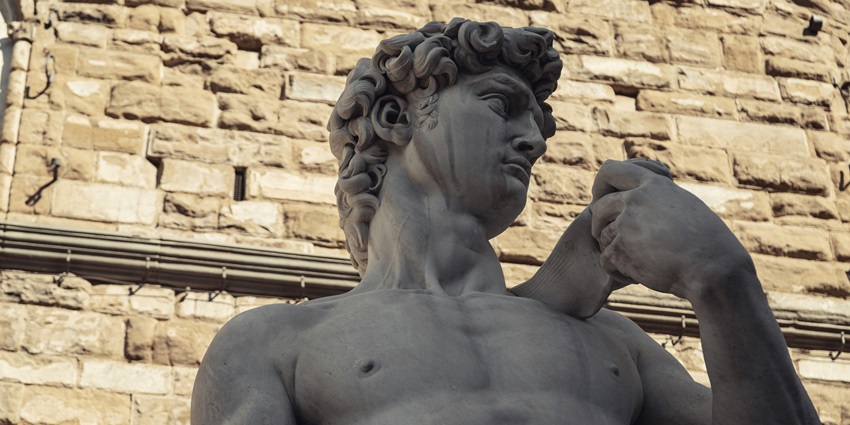
Photo: Bastian Riccardi / Pexels
Michelangelo’s David is a masterpiece of Renaissance art. The 17-foot-tall marble statue, sculpted between 1501 and 1504, represents the biblical hero David in stunning detail. Admire the lifelike anatomy, the intense gaze, and the sense of strength and beauty that make this statue one of the world’s most celebrated artworks. After visiting, take a stroll around Florence’s historic centre to discover more of its artistic legacy.
Timings: 8:15 AM – 6:50 PM (Tuesday to Sunday)
Location: Accademia Gallery, Via Ricasoli 60, Florence, Italy
5. Enjoy Verona’s Opera Festival
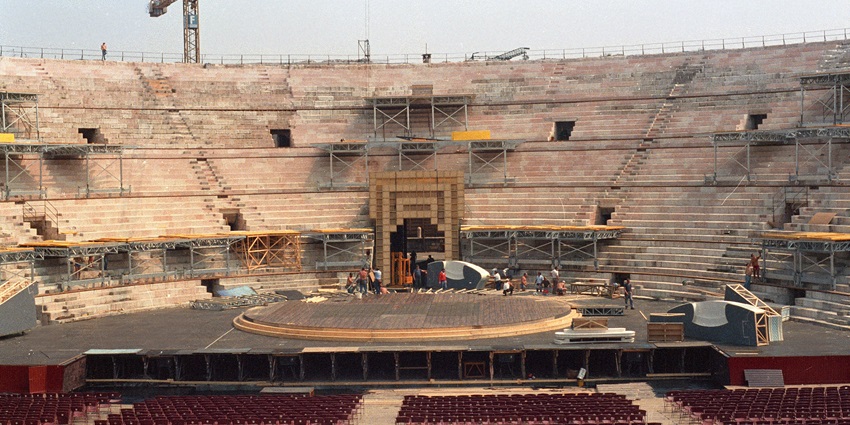
Photo: Dagmar Hollmann / Wikimedia Commons
Verona’s Opera Festival is a spectacular celebration of music and drama. Experience world-class opera performances under the stars in this nearly 2,000-year-old amphitheatre, renowned for its incredible acoustics. With productions such as Aida and La Traviata, the festival attracts opera enthusiasts from around the globe. Arrive early to explore Verona’s charming streets, Juliet’s Balcony, and Piazza delle Erbe before settling in for an unforgettable evening of art and culture.
Timings: June to September
Location: Arena di Verona, Piazza Bra, Verona, Italy
Where To Stay

Photo: Haider Syed / Pexels / Image For Representation Only
Italy has a diverse range of accommodations to suit every traveller’s preference. In Rome, consider staying at the luxurious Palazzo Manfredi, a five-star hotel offering breathtaking views of the Colosseum. In Venice, the Gritti Palace, located along the Grand Canal, provides luxurious rooms with stunning water vistas. For a countryside retreat, Tuscany offers charming villas such as Villa Bordoni near Greve in Chianti. Along the Amalfi Coast, Hotel Santa Caterina in Amalfi boasts cliffside accommodations with beautiful sea views. Budget travellers can explore cosy agriturismos like Agriturismo Il Rigo in Val d’Orcia, offering authentic Italian hospitality at reasonable prices.
Where To Eat

Photo: CC0 Public Domain / pxhere / Image For Representation Only
Italy is a foodie’s heaven, offering a spectrum of dining experiences. In Rome, indulge in traditional dishes at Roscioli, renowned for its carbonara and cacio e pepe. Naples, the birthplace of pizza, features L’Antica Pizzeria da Michele, famed for its classic Margherita. In Florence, savor the iconic Bistecca alla Fiorentina at Trattoria Dall’Oste. Sicily offers delights like arancini and cannoli at Pasticceria Savia in Catania. For street food enthusiasts, Palermo’s Mercato di Ballarò has a range of local specialities. For an unforgettable dining experience, explore local markets, family-run eateries, and rooftop restaurants with scenic views.
Tips For Travellers

Photo: Timur Weber / Pexels / Image For Representation Only
- Travel in spring or fall for pleasant weather and fewer crowds.
- Learn basic Italian phrases, as English is less common in smaller towns.
- Validate train and bus tickets before boarding to avoid fines.
- Carry some cash, as smaller shops and cafes may not accept credit cards.
- Reserve tickets for top attractions like the Colosseum and Vatican Museums early.
- Expect relaxed meals, with long lunches and late dinners.
Our Italy travel guide offers something for everyone, from ancient ruins and historic cities to stunning geography and vibrant coastal regions. Whether you’re exploring the streets of Rome, relaxing on the Amalfi Coast, or immersing yourself in the art of Florence, there’s no shortage of extraordinary experiences. Plan a trip with TripXL and have the perfect Italian adventure.
Cover Photo: Duc Tinh Ngo / Pexels


 WhatsApp
WhatsApp
 Twitter
Twitter









